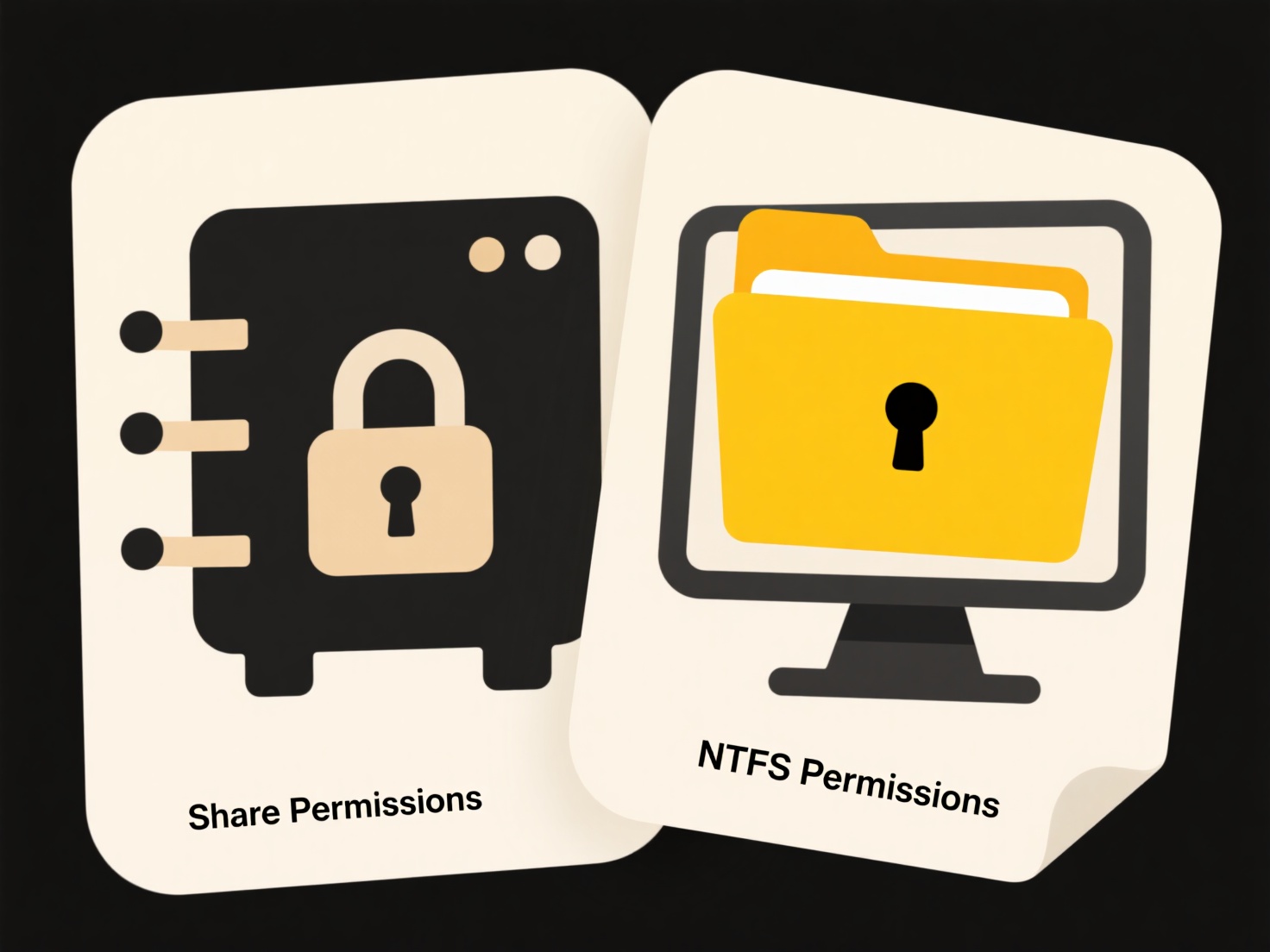
Time-based duplicate conflicts occur when multiple entries for the same entity are created or updated in close succession, often due to system delays or synchronization lags, causing conflicts that manifest later. They differ from immediate duplicates because the duplication isn't obvious at creation; the conflict arises only when subsequent processes (like syncing or merging) identify multiple records representing the same thing with timing-based inconsistencies in data state or creation stamps. The core challenge is distinguishing legitimate updates from unintended duplicates introduced by system timing.

For example, if a customer service agent creates a support ticket for a client, and seconds later a system automation creates another ticket for the same issue due to a lag in seeing the initial creation, two tickets exist for the same incident. Similarly, in inventory systems, a quick sequence of updates triggered by the same low-stock alert from different nodes might create two separate low-stock notifications if the first update hasn't propagated before the second check runs.
Handling this involves designing conflict resolution logic that considers timestamps and causality, like preferring the earliest creation timestamp or the most recent update. While essential for data integrity, it adds complexity, relies heavily on accurate timekeeping, and can inadvertently suppress valid concurrent updates. Future advances may integrate better distributed consensus protocols or AI-assisted conflict pattern recognition to improve accuracy.
How do I handle time-based duplicate conflicts?
Time-based duplicate conflicts occur when multiple entries for the same entity are created or updated in close succession, often due to system delays or synchronization lags, causing conflicts that manifest later. They differ from immediate duplicates because the duplication isn't obvious at creation; the conflict arises only when subsequent processes (like syncing or merging) identify multiple records representing the same thing with timing-based inconsistencies in data state or creation stamps. The core challenge is distinguishing legitimate updates from unintended duplicates introduced by system timing.

For example, if a customer service agent creates a support ticket for a client, and seconds later a system automation creates another ticket for the same issue due to a lag in seeing the initial creation, two tickets exist for the same incident. Similarly, in inventory systems, a quick sequence of updates triggered by the same low-stock alert from different nodes might create two separate low-stock notifications if the first update hasn't propagated before the second check runs.
Handling this involves designing conflict resolution logic that considers timestamps and causality, like preferring the earliest creation timestamp or the most recent update. While essential for data integrity, it adds complexity, relies heavily on accurate timekeeping, and can inadvertently suppress valid concurrent updates. Future advances may integrate better distributed consensus protocols or AI-assisted conflict pattern recognition to improve accuracy.
Related Recommendations
Quick Article Links
How can I quickly rename a file without using the right-click menu?
To rename a file without the right-click context menu, use focused keyboard selection. Instead of navigating menus, you ...
Can I use a .numbers file in Excel?
A .numbers file is the default spreadsheet format for Apple's Numbers application and cannot be opened directly by Micro...
What are the risks of using cloud storage?
Cloud storage involves saving data on remote servers accessed via the internet. Its main risks stem from relying on a th...